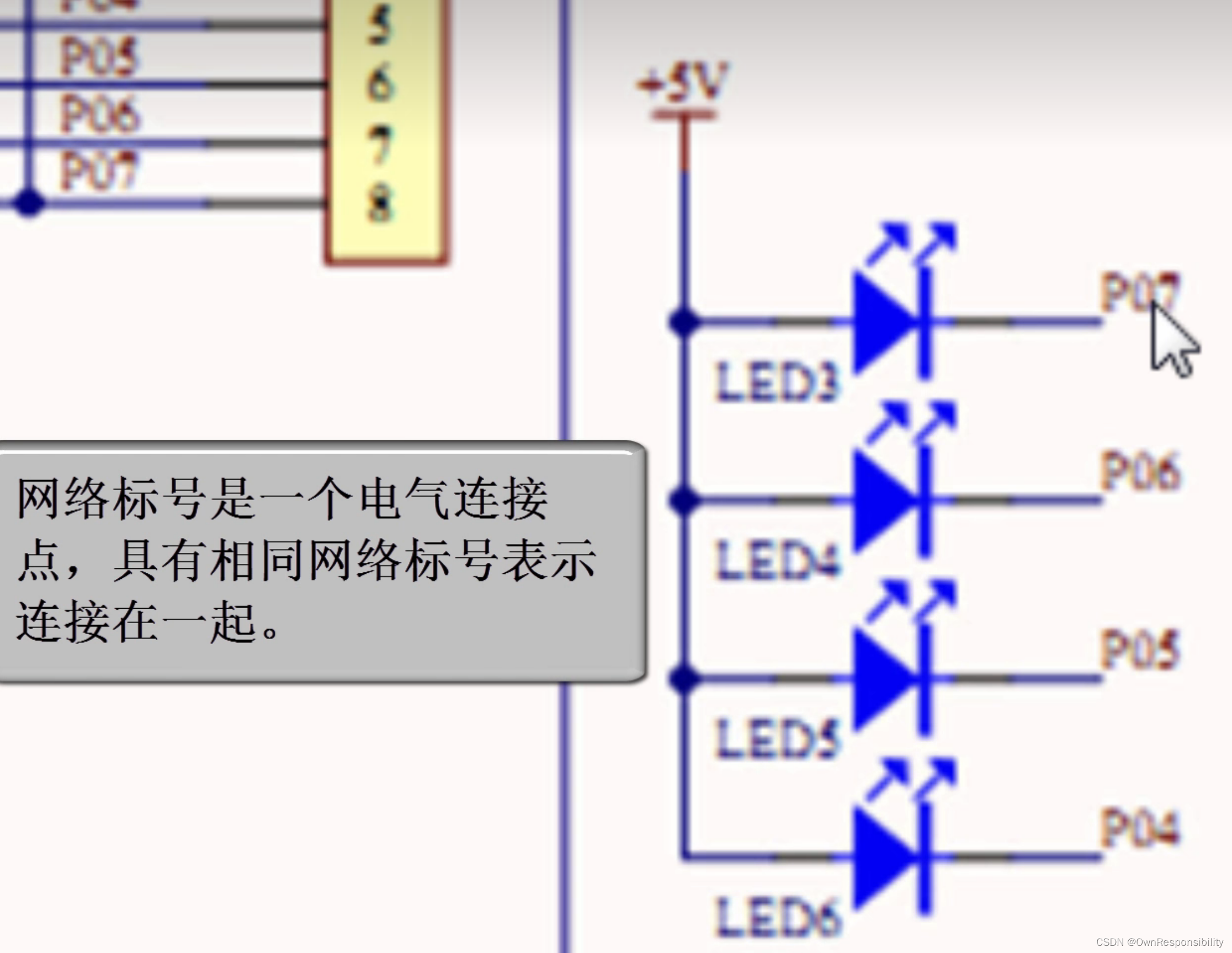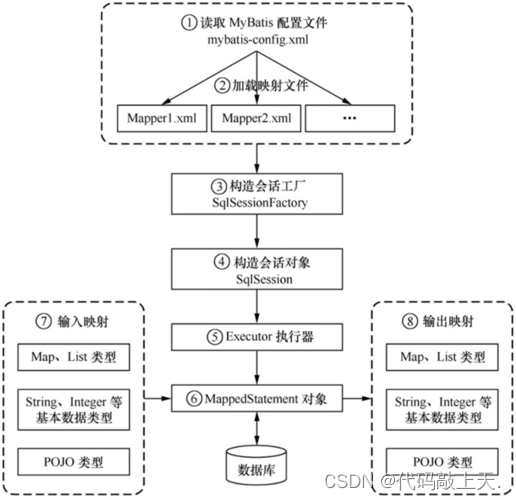3.轮廓的性质
本文我们将主要学习基于轮廓来提取一些经常使用的对象特征。
3.1 长宽比
边界矩形的宽高比:
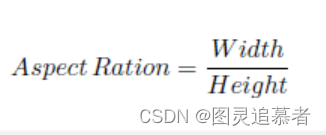
x,y,w,h = cv2.boundingRect(cnt)
aspect_ratio = float(w)/h3.2 Extent
轮廓面积与边界矩形面积的比。

area = cv2.contourArea(cnt)
x,y,w,h = cv2.boundingRect(cnt)
rect_area = w*h
extent = float(area)/rect_area3.3 Solidity
轮廓面积与凸包面积的比。

area = cv2.contourArea(cnt)
hull = cv2.convexHull(cnt)
hull_area = cv2.contourArea(hull)
solidity = float(area)/hull_area3.4 Equivalent Diameter
与轮廓面积相等的圆形的直径。

area = cv2.contourArea(cnt)
equi_diameter = np.sqrt(4*area/np.pi)3.5 方向
对的方向,下面的方法会返回长轴和短轴的长度。
(x,y),(MA,ma),angle = cv2.fitEllipse(cnt)3.6 掩膜和像素点
有时我们需要构成对象的所有像素点,我们可以这样做:
mask = np.zeros(imgray.shape,np.uint8)
# 一定使用参数-1, 绘制填充的的廓
cv2.drawContours(mask,[cnt],0,255,-1)
#Returns a tuple of arrays, one for each dimension of a,
#containing the indices of the non-zero elements in that dimension.
#The result of this is always a 2-D array, with a row for
#each non-zero element.
#To group the indices by element, rather than dimension, use:
#transpose(nonzero(a))
#>>> x = np.eye(3)
#>>> x
#array([[ 1., 0., 0.],
# [ 0., 1., 0.],
# [ 0., 0., 1.]])
#>>> np.nonzero(x)
#(array([0, 1, 2]), array([0, 1, 2]))
#>>> x[np.nonzero(x)]
#array([ 1., 1., 1.])
#>>> np.transpose(np.nonzero(x))
#array([[0, 0],
# [1, 1],
# [2, 2]])
pixelpoints = np.transpose(np.nonzero(mask))
#pixelpoints = cv2.findNonZero(mask)这里我们使用了两种方法,第一种方法使用了Numpy 函数,第二种使用了OpenCV 函数。结果相同,但还是有点不同。Numpy 给出的坐标是(row,colum)形式的。而OpenCV 给出的格式是(x,y)形式的。所以两个结果基本是可以互换的。row=x,colunm=y。
3.7 最大值和最小值及位置
我们可以使用掩模图像得到这些参数。
min_val, max_val, min_loc, max_loc = cv2.minMaxLoc(imgray,mask = mask)3.8 平均颜色及平均灰度
我们也可以使用相同的掩模求一个对象的平均颜色或平均灰度:
mean_val = cv2.mean(im,mask = mask)3.9 极点
一个对象最上,最下,最左,最右的点。
leftmost = tuple(cnt[cnt[:,:,0].argmin()][0])
rightmost = tuple(cnt[cnt[:,:,0].argmax()][0])
topmost = tuple(cnt[cnt[:,:,1].argmin()][0])
bottommost = tuple(cnt[cnt[:,:,1].argmax()][0])如下图所示:
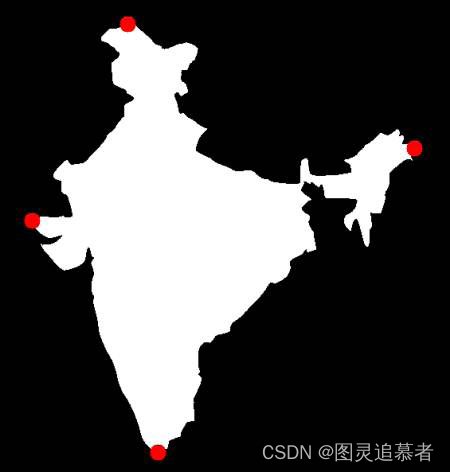
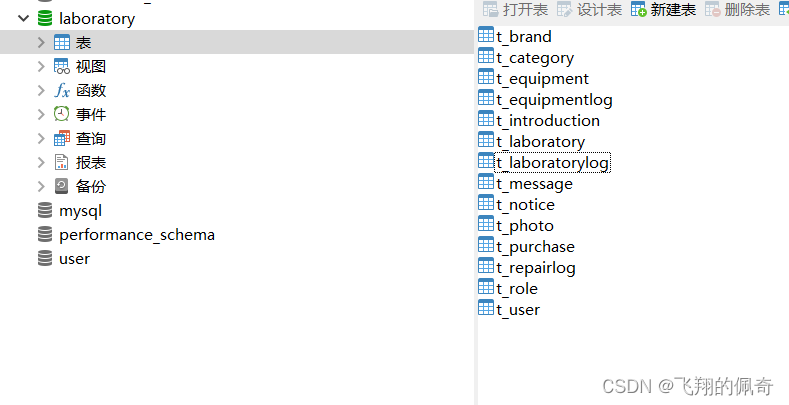


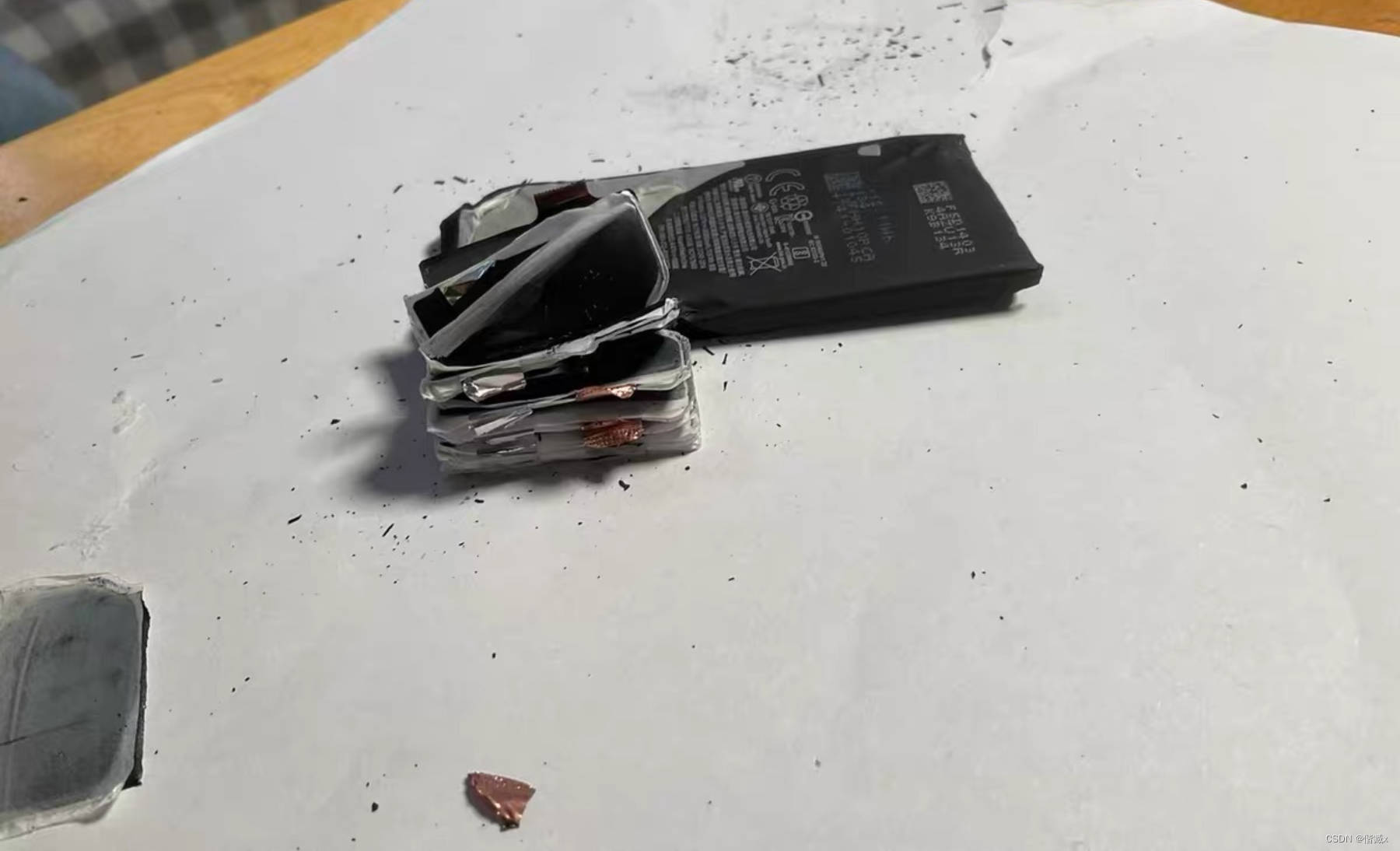
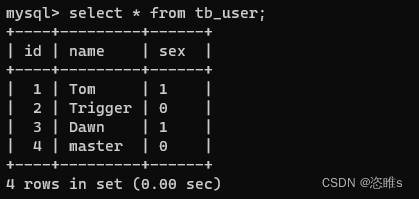

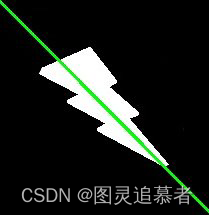
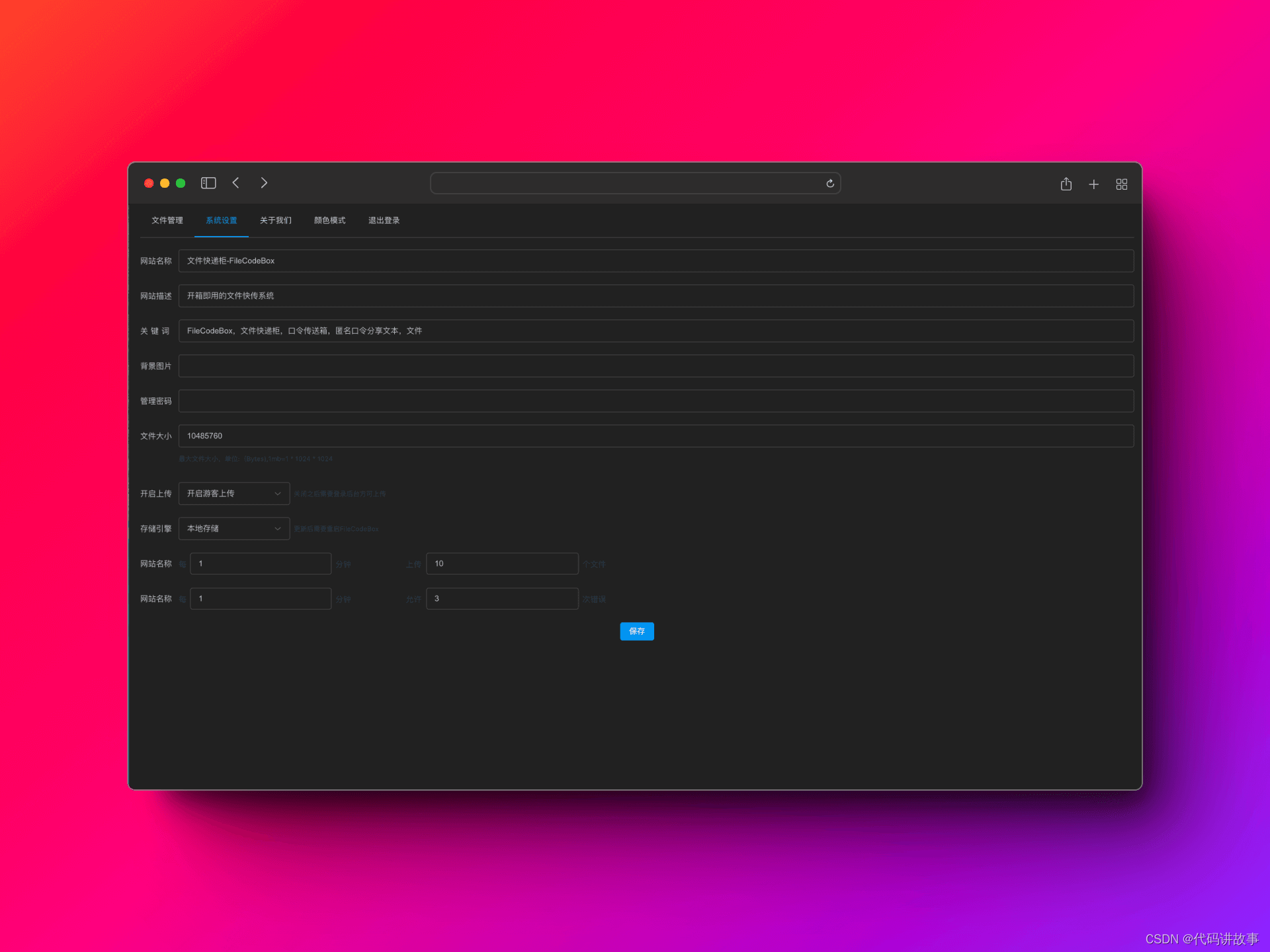
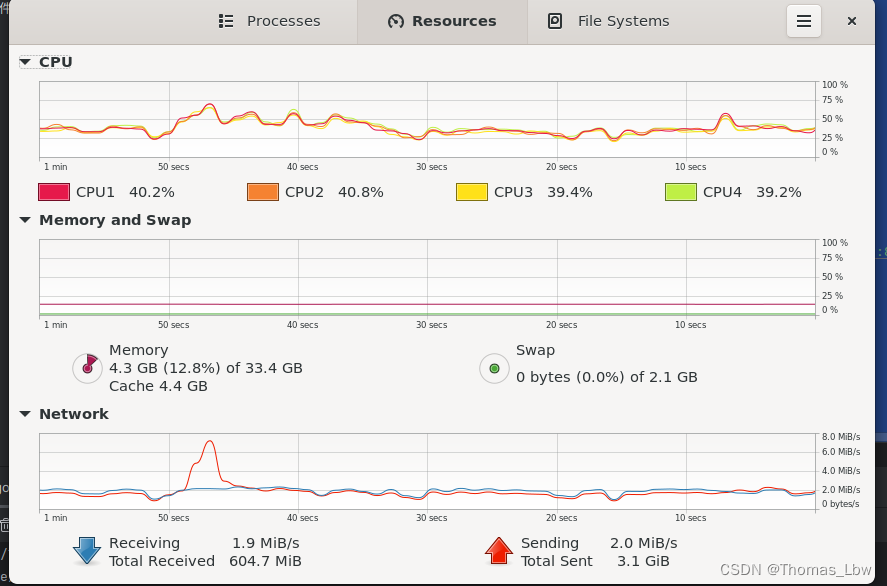


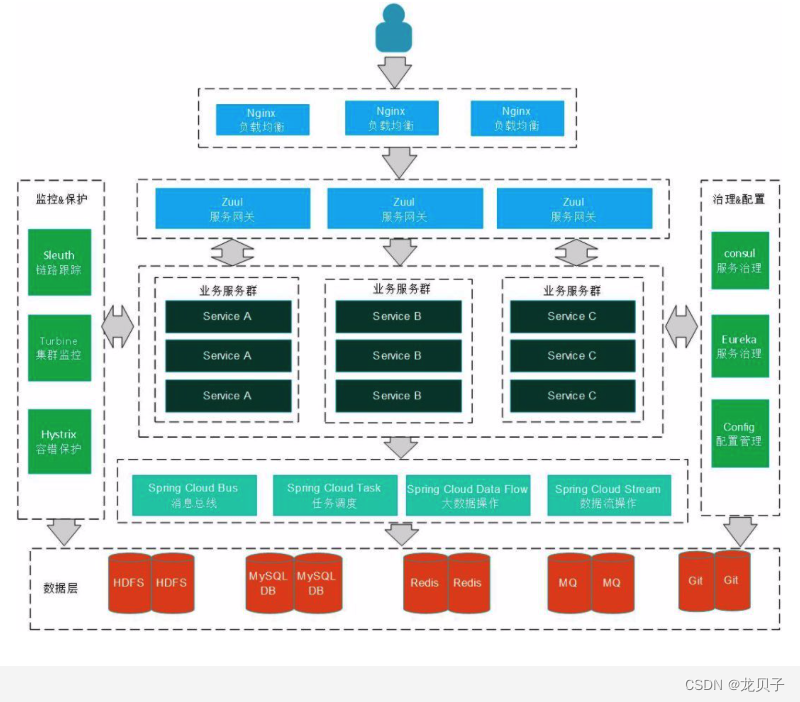



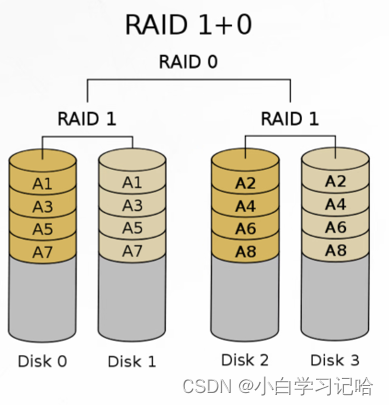
![[每周一更]-(第43期):Golang版本的升级历程](https://img-blog.csdnimg.cn/direct/cc60a54a8fc64d608a903ce27e4ee890.jpeg#pic_center)
